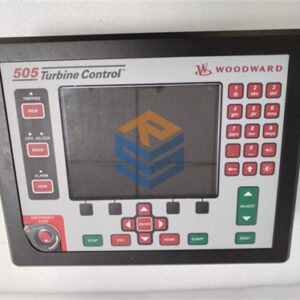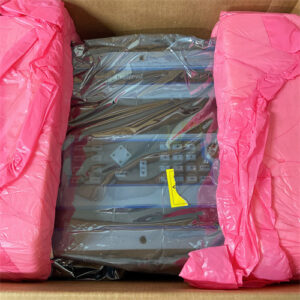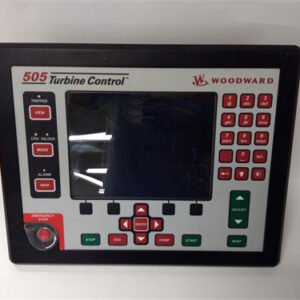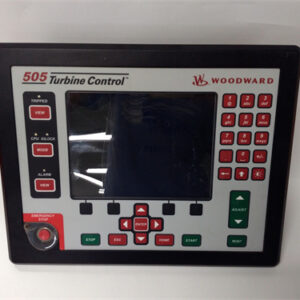الوصف
The WOODWARD 9907-1730 is a specialized component, not a complete governor unit like the TG-17L models. Based on the search results, the 9907-1730 refers to a Woodward Load Sharing Module.
WOODWARD 9907-1730: Load Sharing Module
The WOODWARD 9907-1730 is an isochronous and droop load sharing unit. It’s designed to integrate with existing engine control systems, particularly Caterpillar model engines equipped with digital speed components that process Pulse-Width Modulated (PWM) inputs.
Product Overview
This module facilitates load sharing between multiple prime movers (like engines or turbines) or between a prime mover and other electronic control systems. It’s a crucial component in power generation or industrial applications where multiple units need to operate in parallel and distribute the load evenly.
- Product Type: Load Sharing Module
- Manufacturer: Woodward
- Part Number: 9907-173 (Note: The search result indicates “9907-173” as the core part number for the Load Sharing Module, while “9907-1730” might be a specific configuration or an extended part number used in certain contexts, but the core functionality points to the 9907-173 Load Sharing Module).
- Function: Provides isochronous and droop load sharing capabilities.
- Application: Designed for integration with prime mover systems, particularly Caterpillar engines with digital speed components.
- Inputs: Features 3-phase CT (Current Transformer) and PT (Potential Transformer) inputs.
- Power Supply: Requires 18 to 32 VDC.
- Protection: Protected against reverse voltage, undervoltage, and overvoltage.
- Certifications: Intended for use with prime mover systems that meet relevant directives and carry the CE mark.
Detailed Product Description
The WOODWARD 9907-1730 (referring to the 9907-173 Load Sharing Module) is designed to enhance the control capabilities of prime movers, enabling them to work together efficiently in a multi-unit setup.
Here’s a breakdown of its features and how it functions:
- Load Sharing Capability: This module allows multiple engines or turbines to share a common load. It can operate in both isochronous and droop modes.
- Isochronous Load Sharing: In this mode, the module works to maintain a constant system frequency (or speed) across all connected units while ensuring they share the load equally. This is critical for stable power generation.
- Droop Load Sharing: In droop mode, the module allows for a slight, proportional decrease in speed as the load increases. This provides inherent stability in parallel operations, preventing hunting between units. The module can provide a 0-10% speed reduction for droop.
- Integration with Digital Speed Components: The module is specifically designed to interface with modern engine control systems that use digital speed components and process Pulse-Width Modulated (PWM) inputs. This allows for seamless integration into sophisticated control architectures.
- Robust Electrical Specifications:
- Power Supply: The unit operates on a DC power supply ranging from 18 to 32 VDC, with a typical consumption of 5 Watts. It features built-in protection against various voltage irregularities.
- Inputs: It has 3-phase inputs for both PT (100 to 240 VAC line to line) and CT (3 to 7 Arms at full load), allowing it to monitor the electrical parameters of the system accurately.
- Enhanced System Control: By integrating this module, operators can achieve:
- Improved Efficiency: By ensuring optimal load distribution among prime movers.
- Increased Reliability: By allowing units to back each other up and prevent overload on a single unit.
- Flexibility: Enabling the integration of other Woodward electronic controls into the system.
In essence, the 9907-1730 (or 9907-173) is a specialized electronic module that plays a vital role in coordinating the operation and load distribution of multiple prime movers, particularly in power generation or heavy industrial applications.
Technical Specifications (Based on 9907-173 Load Sharing Module)
Typical Applications
The WOODWARD 9907-1730 (Load Sharing Module) is critical in applications where multiple prime movers need to operate in parallel to meet a common electrical or mechanical load.
- Generator Sets (Gensets): Ensuring that multiple generator sets operate efficiently in parallel, sharing the electrical load equally, and maintaining stable grid frequency/voltage.
- Industrial Drives: Where multiple engines or turbines contribute power to a common shaft or system, such as in large pump stations or compressor arrays.
- Marine Propulsion: For vessels with multiple engines where precise load distribution is essential for fuel efficiency and operational stability.
- Power Plants: Integrating various generating units (e.g., diesel engines, gas turbines, steam turbines) to optimize power output and grid stability.
- Caterpillar Engine Applications: Specifically designed to work with Caterpillar engines that have digital speed control, extending their functionality for load sharing scenarios.
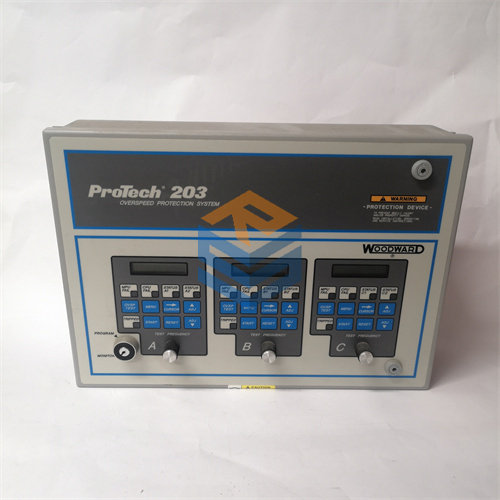

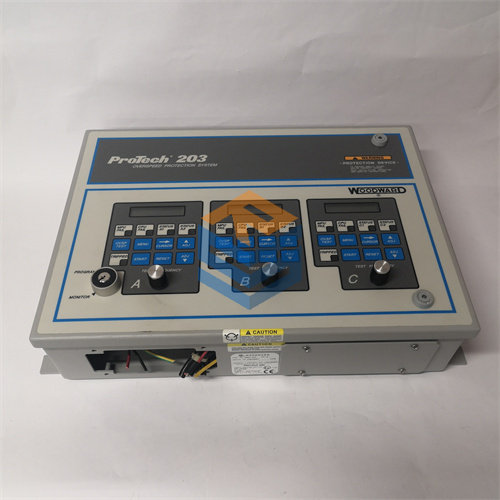

 +86 15340683922
+86 15340683922 +86 15340683922
+86 15340683922